The Impact of IoT on Education: Emergence of Smart Classrooms
 Lakshay Dhoundiyal
Lakshay Dhoundiyal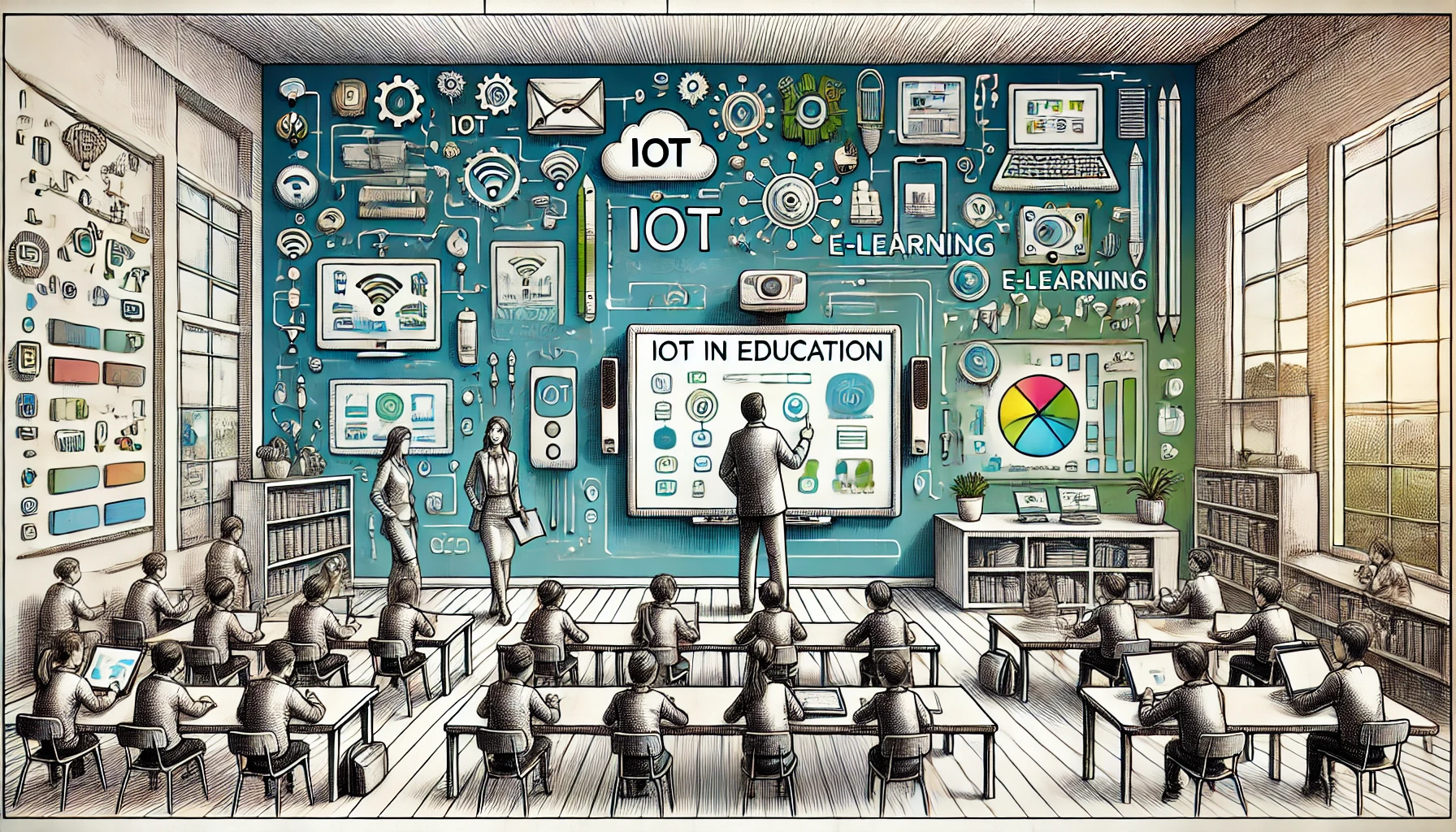
The influential power of the Internet of Things (IoT) is changing a lot of industries, and education is no exception. From turning schools into smart classrooms and institutes into more connected learning environments, the role of IoT technologies within educational settings is transforming education. This blog explores the transformational influence of IoT in education through numerical data associated with its adoption and some future trends shaping the space.
Evolution of IoT in Education
IoT in education integrates the application of interconnected devices and sensors in enhancing teaching and learning experiences. These technologies aid in real-time data collection, automation of administrative tasks, and interactive learning environments.
Key Components include :
Smart Devices: Interactive whiteboards, smart projectors, and tablets.
Sensors: Environment sensors, motion detectors (temperature, humidity).
Connectivity: Wi-Fi and Bluetooth for device communication.
Data Analytics Tools: For student performance and engagement analysis.
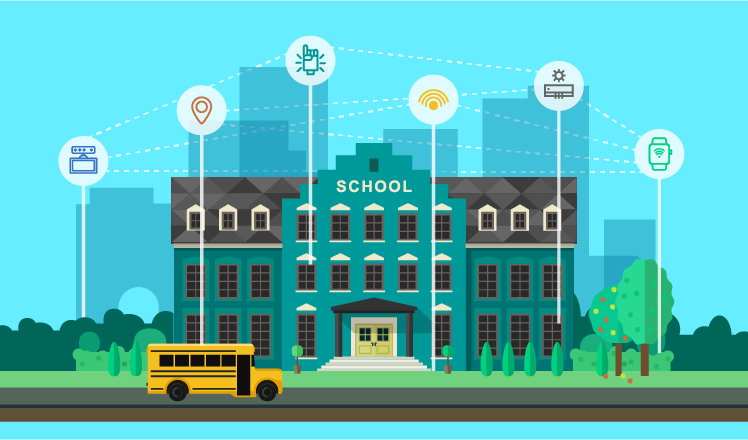
Transformative Applications of IoT in Education
- Smart Classrooms
IoT enables the implementation of smart classrooms that are equipped with technologies for a more interactive and efficient learning environment.
The global smart classroom market is projected to grow from $61.2 billion in 2022 to $115.7 billion by 2027, at a CAGR of 13.8%.
Applications
- Interactive Whiteboard: Enrich lessons with dynamic content and student interaction.
- Smart Lighting and Climate Control: The lighting and temperature can be automatically modulated based on a classroom occupancy and time of the day.
- Connected Learning Environments
IoT technologies interlink learning environments, allowing students to access several digital resources and create their own personalized learning experiences.
The global educational technology market, encompassing IoT-based solutions, is expected to reach $469 billion by 2026 at an impressive CAGR of 18.6%.
Applications
- Digital Textbooks and Resources: Access to e-books and online material via tablets and laptops.- Learning Analytics: Platforms track student performance to customize education content for each student.
- Improved Administrative Efficiency
A streamlined administrative function of the educational institution, wherein it becomes easier to handle operations and resources.
Schools that have used IoT for administrative purposes post a reduction in operational costs by up to 30% according to Gartner.
Applications
- Automated Attendance Systems: Monitor the attendance of students with biometric or RFID systems.- Resource Management: Monitor classroom resources and usage of equipment.
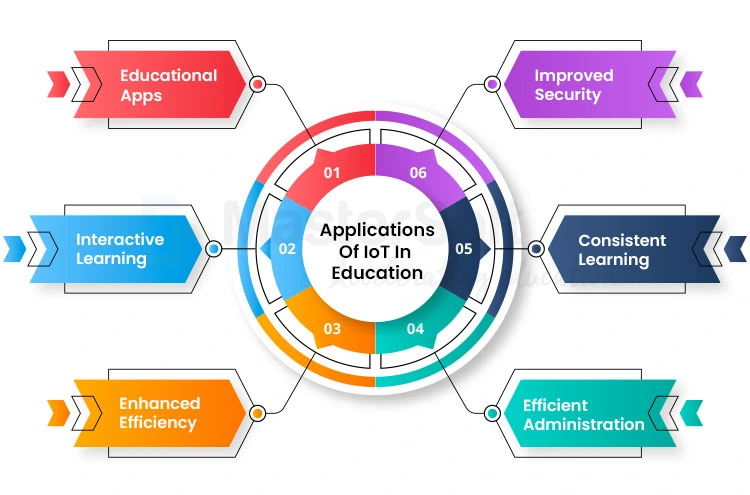
Future Trends for Education
- AI and IoT Integration
Personalized Education: AI integration with the IoT technologies will facilitate more advanced analysis of data generated by these education technologies and hence shall facilitate more advanced personalization.
Predictive Analytics: AI-driven insights to foresee student performance and engagement for timely intervention.
Adaptive Learning Systems: A system that automatically adjusts its content and teaching methodology according to the dynamics of student behavior and performance.
- Growth of AR and VR
Effective Learning Experience: AR and VR technologies integrated with IoT would give an immersive experience to learning, hence making it really engaging and effective in terms of the educational experience that would be learned.
Virtual Field Trips: Virtual field trips to historical sites or scientific environments, all from the classroom.
Real-World Scenarios: Interactive simulations resembling real-world situations, like in science and engineering.
- Growing IoT in remote and hybrid learning
With remote and hybrid learning models at the helm, IoT will become a central agent in connecting students and teachers through various environments.
Further improved virtual classrooms with more advanced video conferencing and enhanced real-time collaboration features.
IoT-embedded smart home learning environments with devices that further assist and support learning from home. For example, intelligent study supporting aids and interactive tools.
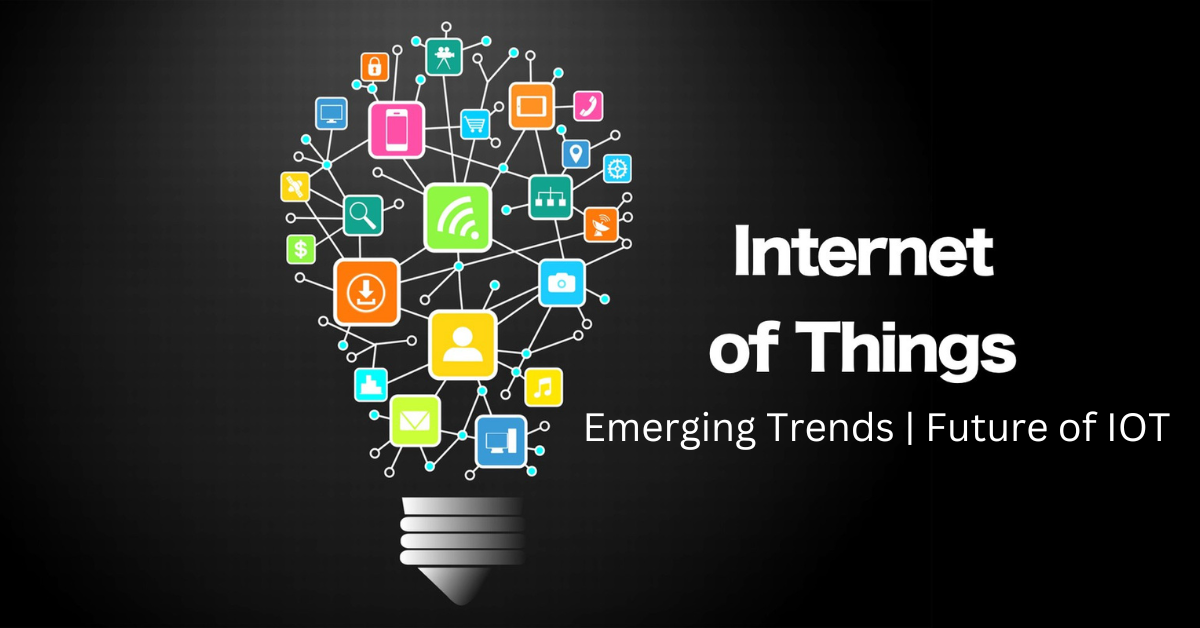
Challenges and Considerations
- Implementation Costs
- The setting up and maintenance of infrastructure to support IoT may be expensive. School administrations have to find a way to wisely manage their budgets and also identify funding streams that will help in the adoption of these technologies.
- Data Privacy and Security
- Student data must be protected, and their privacy guaranteed. This shall be achieved by ensuring appropriate security measures within the institutions and through user education on best practices for securing their devices.
- Training and Adoption
- This is so because the administration of staff and teachers needs adequate training for the use of IoT technologies. Professional development is required in order to realise success.
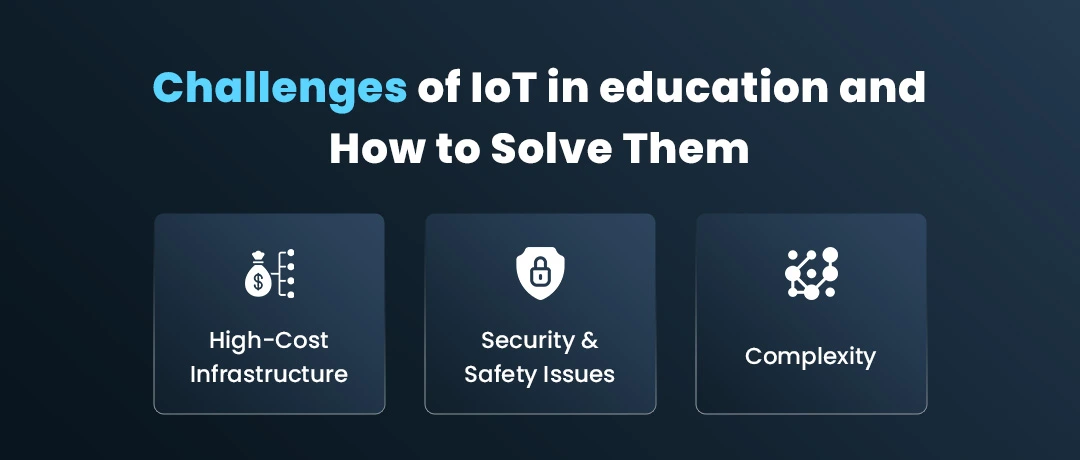
Infusing IoT into education has made teaching and learning smarter, and connected classrooms are the outcome of this integration. With evolving technology, IoT will take center stage in shaping the future of learning offering newer opportunities toward personalizing learning and improving administrative efficiency. Only by understanding the current impact, future trends, and associated challenges can educational institutions be better prepared for a more connected and innovative future.
Subscribe to my newsletter
Read articles from Lakshay Dhoundiyal directly inside your inbox. Subscribe to the newsletter, and don't miss out.
Written by

Lakshay Dhoundiyal
Lakshay Dhoundiyal
Being an Electronics graduate and an India Book of Records holder, I bring a unique blend of expertise to the tech realm. My passion lies in full-stack development and ethical hacking, where I continuously strive to innovate and secure digital landscapes. At Hashnode, I aim to share my insights, experiences, and discoveries through tech blogs.